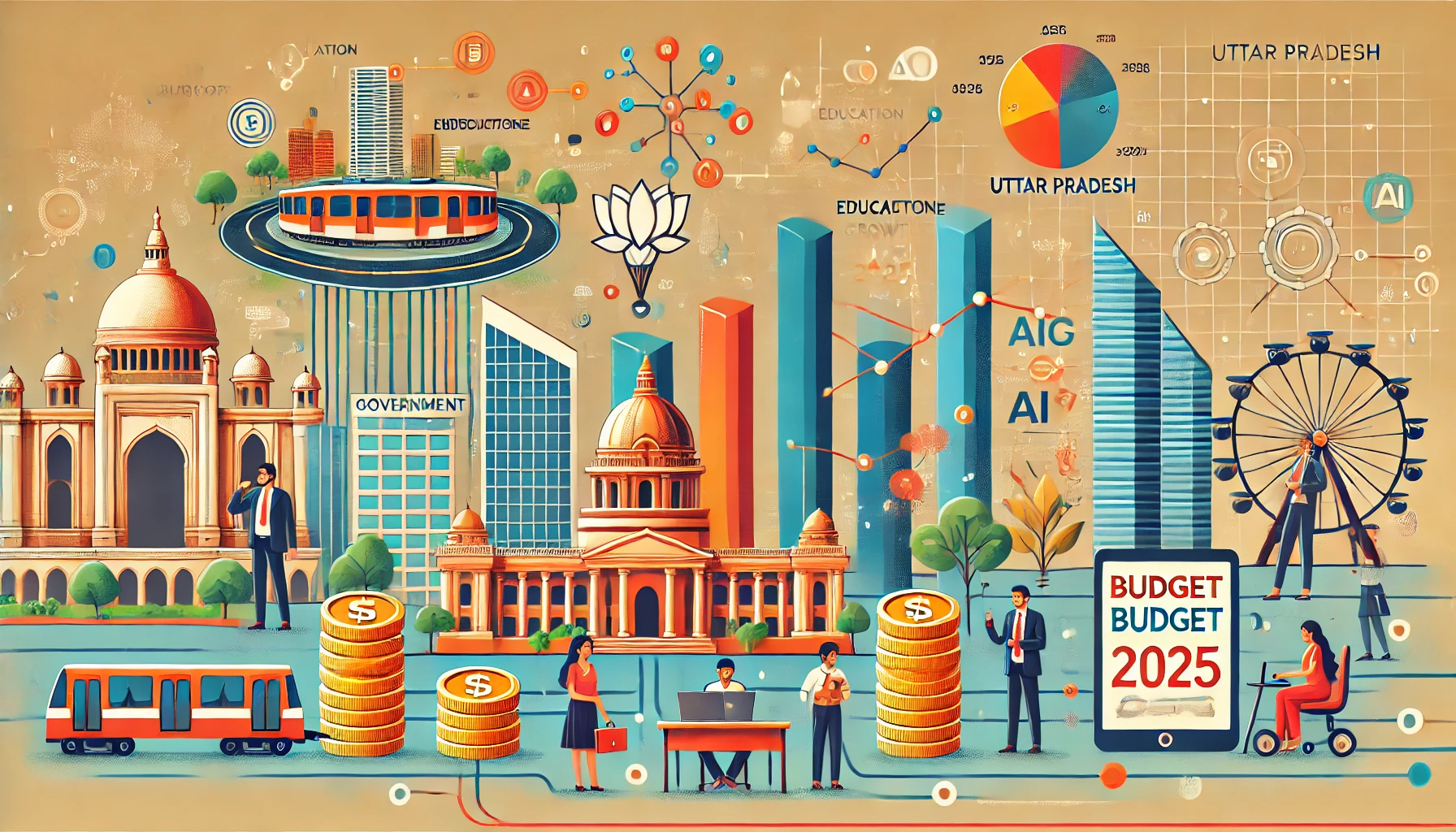Introduction to Medieval History of India
The medieval period in Indian history spans approximately from the 8th century to the 18th century. This era witnessed significant political, cultural, and social transformations that continue to shape India’s heritage. Understanding this period is crucial for aspirants preparing for competitive exams like UPSC, SSC, State PCS, and other government recruitment tests.
In this blog, we’ll explore key highlights of medieval Indian history, focusing on important topics that often appear in competitive exams.
Key Features of the Medieval Era
The medieval period can be broadly divided into two phases:
- Early Medieval Period (8th to 12th Century)
- Rise of regional kingdoms such as the Chalukyas, Pallavas, Cholas, Rashtrakutas, and Palas.
- Emergence of feudalism and decentralization of power.
- Flourishing of temple architecture and Bhakti movements.
- Late Medieval Period (13th to 18th Century)
- Establishment of the Delhi Sultanate (1206–1526): Slave, Khilji, Tughlaq, Sayyid, and Lodi dynasties.
- Advent of the Mughals (1526–1857): Babur, Akbar, Shah Jahan, Aurangzeb, and their contributions to art, architecture, and administration.
- Rise of regional powers like the Marathas, Rajputs, Sikhs, and Vijayanagara Empire.
Highlights of Medieval Indian History
Political Developments
- Delhi Sultanate:
- Foundation by Qutb al-Din Aibak and expansion under rulers like Alauddin Khilji and Muhammad bin Tughlaq.
- Contributions in the establishment of Indo-Islamic architecture (e.g., Qutub Minar, Alai Darwaza).
- Mughal Empire:
- Akbar’s policy of religious tolerance and administration reforms like the Mansabdari system.
- Shah Jahan’s golden age of architecture (e.g., Taj Mahal, Red Fort).
- Decline of the empire post-Aurangzeb and the rise of regional powers.
Cultural Achievements
- Development of Indo-Islamic architecture, blending Persian and Indian styles.
- Growth of Sufism and Bhakti movements, promoting unity and spiritual awakening.
- Contributions to literature: Persian works like Ain-i-Akbari by Abul Fazl and vernacular writings like Tulsidas’s Ramcharitmanas.
Economic and Social Changes
- Introduction of new crops, irrigation techniques, and a rise in trade under the Mughals.
- Emergence of a hierarchical social structure influenced by both Hindu and Islamic traditions.
Tips for Competitive Exam Preparation
- Focus on Chronology: Understand the sequence of rulers and key events.
- Highlight Major Contributions: Note architectural marvels, administrative reforms, and cultural developments.
- Use Mnemonics: For memorizing dynasties, battles, and treaties.
- Practice MCQs and Mock Tests: Solve previous year papers to gauge exam patterns.
Frequently Asked Questions (FAQs)
Q1. What were the key features of the Delhi Sultanate? A1. The Delhi Sultanate was marked by political centralization, introduction of Persian culture, and architectural innovations such as the Qutub Minar and Alai Darwaza.
Q2. Why is Akbar considered a great Mughal ruler? A2. Akbar is celebrated for his policy of religious tolerance, efficient administration, and cultural patronage.
Q3. What was the significance of the Bhakti and Sufi movements? A3. These movements fostered social harmony by promoting devotion and spiritual unity beyond caste and religious boundaries.
Conclusion
Medieval Indian history offers a rich tapestry of political, cultural, and social transformations. For competitive exam aspirants, understanding this period is indispensable for scoring well in history sections. Focus on the key events, rulers, and cultural developments to prepare effectively.
Explore more such insights and study materials at SR Study to ace your competitive exams!



